Increasing Cancer Incidence
The rising incidence of cancer worldwide is a primary driver for the Cancer API Market. According to recent statistics, cancer cases are projected to increase significantly, with estimates suggesting that by 2040, the number of new cancer cases could reach 27.5 million annually. This alarming trend necessitates the development of innovative therapies and diagnostic tools, thereby propelling the demand for cancer APIs. As healthcare systems strive to address this growing burden, investments in research and development are likely to surge, fostering advancements in cancer treatment options. Consequently, the Cancer API Market is expected to expand as pharmaceutical companies and research institutions seek to create more effective and targeted therapies.
Advancements in Biotechnology
Technological advancements in biotechnology are reshaping the Cancer API Market. Innovations such as CRISPR gene editing and next-generation sequencing are enabling researchers to develop more precise and effective cancer treatments. The biotechnology sector has witnessed substantial growth, with investments reaching over 300 billion in recent years. These advancements facilitate the discovery of novel APIs that can target specific cancer pathways, enhancing treatment efficacy. Furthermore, the integration of artificial intelligence in drug discovery processes is streamlining the identification of potential cancer APIs, thereby accelerating the development timeline. As a result, the Cancer API Market is poised for significant growth, driven by these transformative biotechnological innovations.
Rising Demand for Targeted Therapies
The shift towards targeted therapies in cancer treatment is driving the Cancer API Market. Patients and healthcare providers are increasingly favoring treatments that are tailored to individual genetic profiles, which enhances treatment effectiveness and minimizes side effects. The market for targeted therapies is projected to grow at a compound annual growth rate of over 10% in the coming years. This trend is prompting pharmaceutical companies to invest heavily in the development of cancer APIs that can cater to specific patient populations. As a result, the Cancer API Market is likely to expand, reflecting the growing preference for personalized treatment approaches that align with the evolving landscape of oncology.
Regulatory Support for Drug Development
Regulatory bodies are increasingly providing support for the development of cancer therapies, which is a crucial driver for the Cancer API Market. Initiatives such as expedited review processes and orphan drug designations are encouraging pharmaceutical companies to invest in cancer research. For instance, the FDA has implemented programs that facilitate faster approval for breakthrough therapies, which can significantly shorten the time to market for new cancer APIs. This supportive regulatory environment not only incentivizes innovation but also enhances the overall landscape for cancer treatment development. As a result, the Cancer API Market is likely to experience accelerated growth as more companies enter the field, motivated by favorable regulatory conditions.
Collaboration Between Academia and Industry
Collaboration between academic institutions and the pharmaceutical industry is emerging as a vital driver for the Cancer API Market. These partnerships facilitate the exchange of knowledge and resources, leading to accelerated research and development of new cancer therapies. Many universities are establishing research centers focused on oncology, which often collaborate with biotech firms to translate scientific discoveries into viable cancer APIs. This synergy not only enhances innovation but also increases the likelihood of successful drug development. As these collaborations continue to flourish, the Cancer API Market is expected to benefit from a steady influx of novel therapies and treatment options, ultimately improving patient outcomes.
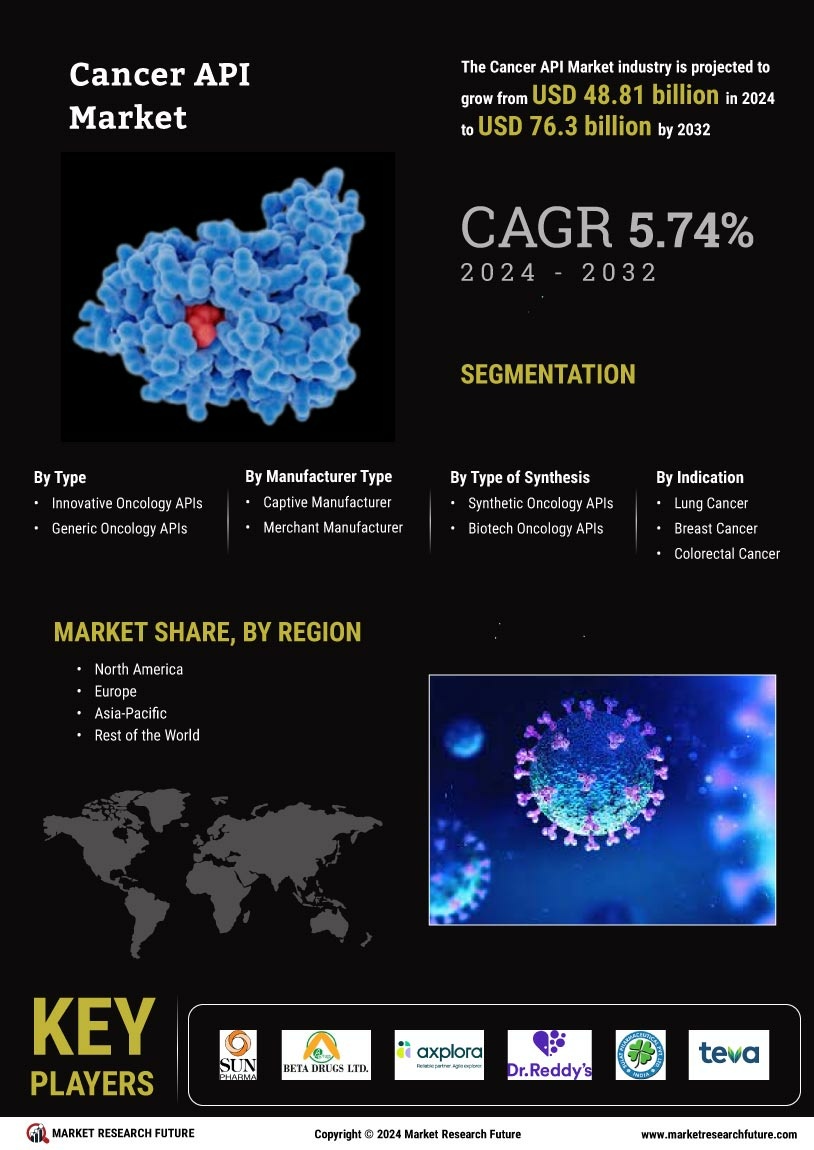

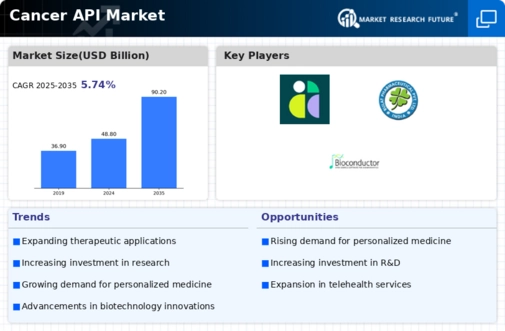
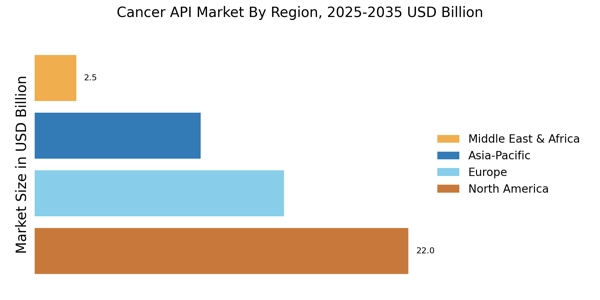
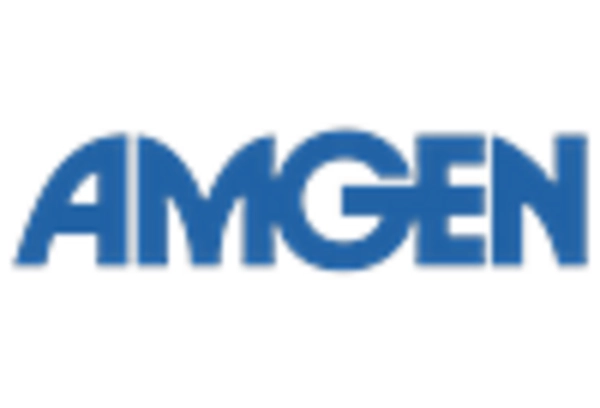
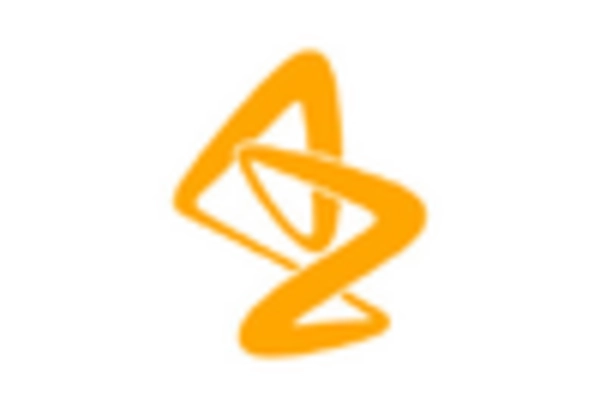
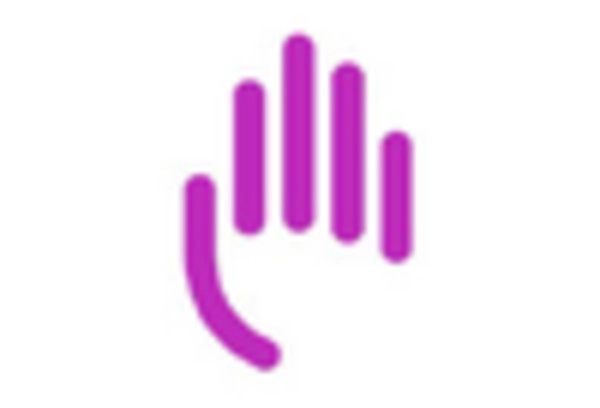
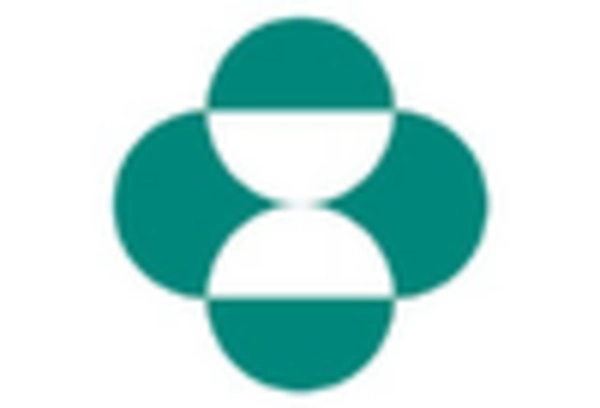

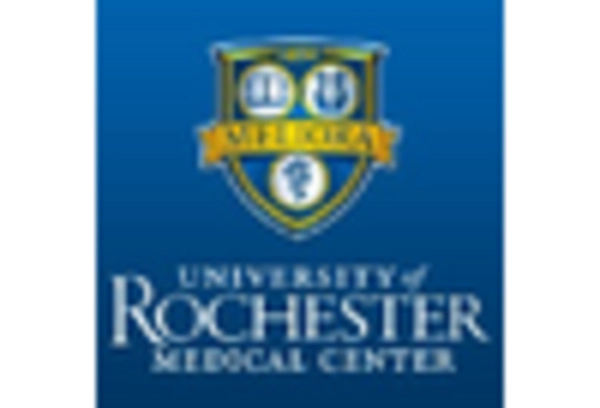








Leave a Comment